
漢德百科全書 | 汉德百科全书
v 



Tongmenghui (chin. 同盟會 / 同盟会, Tóngménghuì, W.-G. T'ung-meng Hui „Gesellschaft der (revolutionären) Allianz“) ist eine von Sun Yatsen 1905 in Tokio gegründete Gesellschaft. Sie ist ein Zusammenschluss aus mehreren kleinen revolutionären Gruppierungen, die davor autonom agierten und verstand sich zu Anfang noch als Geheimgesellschaft.(Quelle:Wikipedia)
Die Republik China (chinesisch 中華民國, Pinyin Zhōnghuá Mínguó, IPA (hochchinesisch) [ʈ͡ʂʊ́ŋxu̯ɑ̌ mǐnku̯ɔ̌], weithin bekannt als Taiwan[6][7]), in der Schweiz und in Österreich amtlich Taiwan (Chinesisches Taipei),[8][9] auch Taiwan (ROC)[10] bzw. Republik China auf Taiwan[7] genannt, ist ein demokratischer Inselstaat in Ostasien. Sein Territorium besteht aus der Hauptinsel Taiwan (99 %) und anderen kleineren Inseln.[7] Der Staat hatte im Jahr 2016 eine Bevölkerung von rund 23,5 Millionen Menschen.[11]
Die Republik China wurde nach der Xinhai-Revolution auf dem chinesischen Festland am 1. Januar 1912 in Nanking ausgerufen. Die Insel Taiwan, von 1895 bis 1945 unter Herrschaft des japanischen Kaiserreichs, fiel erst nach dem Zweiten Weltkrieg an die Republik China. 1949 – nach der Gründung der Volksrepublik China – zogen sich die Regierung, Eliten und Streitkräfte der Republik China auf die Insel Taiwan zurück. Dort etablierte die von Chiang Kai-Shek geführte Staatspartei Kuomintang unter Beibehaltung des Ausnahmezustands eine mehrere Jahrzehnte andauernde Einparteienherrschaft. Die zweite Hälfte des 20. Jahrhunderts war von hohem Wirtschaftswachstum gekennzeichnet, gegen Ende der 1980er Jahre ließ die Kuomintang eine schrittweise Demokratisierung zu. Heute ist die Republik China auf Taiwan ein technisch hochentwickelter, demokratisch verfasster Industriestaat.
Auch nach der Ausrufung der Volksrepublik China 1949 vertrat die Regierung der Republik China auf Taiwan China zunächst bei den Vereinten Nationen und war ständiges Mitglied des UN-Sicherheitsrats. Als Folge der Ein-China-Politik der Volksrepublik brachen aber immer mehr Staaten ihre diplomatischen Beziehungen zur Republik China ab, die 1971 auch ihre UN-Mitgliedschaft an die Volksrepublik abgeben musste. 1979 brachen schließlich auch die USA die diplomatischen Kontakte ab, nachdem sie offizielle Beziehungen zur Volksrepublik aufgenommen hatten (Taiwan Relations Act). Nur eine Minderheit der Staatengemeinschaft unterhält heute formal diplomatische Beziehungen mit der Regierung in Taipeh. Die völkerrechtliche Stellung der Republik China auf Taiwan ist bis heute umstritten und Gegenstand des Taiwan-Konflikts.
中华民国是位于东亚的民主共和国,自1912年成立以来至1971年退出联合国期间是中国的代表政权,其后则因主要剩余实际控制领土范围与政治现状而通称“台湾”,但因受到中华人民共和国在国际上的打压,而在部分国际组织参赛活动中被称作“中华台北”[14][15][16]。建政之初继承原清朝统治的中国领土[注 7],1945年第二次世界大战后从日本接收台湾。1949年因第二次国共内战失去大部分中国领土的治权,现今实际管辖的领土(即台湾地区)总面积36,197平方公里,包括台湾本岛及附属岛屿、澎湖群岛、金门群岛、马祖列岛、乌坵列岛与部分南海诸岛岛屿,首都为台北[17],最大城市为新北市。总人口约2,355万[4],主要由汉族与台湾原住民族组成,官方语言以汉语通用语为主,国家语言为[5] 台湾原住民族诸语、台湾客家语等台湾固有族群之自然语言以及台湾手语。
1911年10月10日辛亥革命爆发两个月后,中华民国于1912年1月1日宣告成立,同年2月12日,清宣统帝颁布退位诏书,中华民国正式继承统治中国。此后历经北洋政府、国民政府、行宪政府等政治体制更迭。1928年由中国国民党完成北伐后长期一党专政,但在第二次国共内战对中国共产党的战事接连失利,而在1949年底将政府迁往台湾,中国共产党则在同年10月1日建立新政权──中华人民共和国,统治中国大陆,开启两岸分治的格局;虽然中华民国政府仅有效统治台湾及部分中国东南沿岸岛屿,但其后仍长期继续为世界多数国家认定的中国代表政权,亦是联合国会员国兼安全理事会常任理事国[18][19],直到1971年所持之联合国会员资格被中华人民共和国取代后,才逐渐失去广泛外交承认[19]。其后在国际场合上若得以参与,则使用“中华台北”等作代称或仅能派领袖代表。
中华民国在政府退守台湾后积极发展经济,成为亚洲四小龙之一,至今名列世界第22大经济体[20],迈入世界先进国家之林。1980年代末则开始推动民主化,从中国国民党一党专政的威权主义国家,演变成多党制和直接民权的民主国家[21][22],政治与社会发展也趋向“台湾化”。现今国民享有新闻自由、思想自由、政治自由、婚姻自由[注 8]、经济自由[23][24]、集会结社自由以及发达的医疗保健[25]、公共教育。具有发达的科技和人文[10][26]。
现今中华民国的政治地位和存否存有争议,属于不被国际普遍承认的国家,主因来自于中华人民共和国政府在外交上的打压,并声明“一个中国原则”。中华民国政府迁往台湾后,初期依照《中华民国宪法》主张己身为代表中国之唯一合法政府,并宣称要“反攻大陆”[27][28];但该主张在1990年代后逐渐不再被提起[29][30],政府对此的立场常取决于执政党之意向[30]。另一方面,中华人民共和国政府则声明已取代中华民国所拥有的中国主权,进而不承认现今中华民国的合法性和存在[31],并透过立法宣示当台湾正式宣告独立或局势不利其将来统一台湾[注 9]、或两岸无可能依其标准“和平统一时,有可能动用武力拿下台湾[34][35]。此外,随着所主要管制地区——台湾——的主体意识与独立运动兴起,亦有论点主张中华民国流亡台湾或殖民台湾、以及台湾地位未定论[36]。
(编者按:历史遗留的问题需要历史地去看。摘编内容仅供参考,不代表编者与任何一方的政治意图)
中華民国(ちゅうかみんこく)は、東アジアに位置する民主共和制国家である。
アジアで2番目の共和国[5]として1912年に大陸地区で成立したが、国共内戦で中華人民共和国に大陸地区から放逐された1950年[6]以降は台湾省の全域[7]と福建省の極一部の島嶼(台湾地区)のみを実効支配する海洋国家となった。台湾地区は、日本やフィリピン、中華人民共和国などと領海を接する。
議会制民主主義・資本主義体制国であり、1971年までは国際連合安全保障理事会常任理事国として国際社会に大きな影響を与えていた。しかし国連の代表権問題や一つの中国政策により、中華人民共和国が中華民国を国家承認しないように要求しているため、2018年10月1日現在では中華民国を正式に国家として承認している国は17ヶ国に留まる。上記の経緯があるため以前の国交を結んでいた国々を中心に、日本を含めて多くの国々と活発な経済的文化的な交流が行われている。台湾島及びその周辺島嶼群を含む地域名である台湾(たいわん)と表記されるのが一般的である。
Taiwan (/taɪˈwɑːn/ (![]() listen), UK also /-ˈwɒn, -ˈwæn/), officially the Republic of China (ROC), is a state in East Asia.[18][19][20] Nearby states include the People's Republic of China (PRC) to the west, Japan to the northeast, and the Philippines to the south. It is the most populous state and largest economy that is not a member of the United Nations.
listen), UK also /-ˈwɒn, -ˈwæn/), officially the Republic of China (ROC), is a state in East Asia.[18][19][20] Nearby states include the People's Republic of China (PRC) to the west, Japan to the northeast, and the Philippines to the south. It is the most populous state and largest economy that is not a member of the United Nations.
The island of Taiwan, formerly known as Formosa, was inhabited by aborigines before the 17th century, when Dutch and Spanish colonies opened the island to mass Han immigration. After a brief rule by the Kingdom of Tungning, the island was annexed in 1683 by the Qing dynasty, the last dynasty of China. The Qing ceded Taiwan to Japan in 1895 after the Sino-Japanese War. While Taiwan was under Japanese rule, the Republic of China (ROC) was established on the mainland in 1912 after the fall of the Qing dynasty. Following the Japanese surrender to the Allies in 1945, the ROC took control of Taiwan. However, the resumption of the Chinese Civil War led to the ROC's loss of the mainland to the Communists, and the flight of the ROC government to Taiwan in 1949. Although the ROC continued to claim to be the legitimate government of China, its effective jurisdiction had, since the loss of Hainan in 1950, been limited to Taiwan and several small islands, with the main island making up 99% of its de facto territory. As a founding member of the United Nations, the ROC represented China at the UN until 1971, when it lost its seat to the PRC.
In the early 1960s, Taiwan entered a period of rapid economic growth, forming a stable industrial economy. In the 1980s and early 1990s, it changed from a one-party military dictatorship dominated by the Kuomintang to a multi-party democracy with a semi-presidential system. Taiwan is the 22nd-largest economy in the world, and its high-tech industry plays a key role in the global economy. It is ranked highly in terms of freedom of the press, healthcare,[21] public education, economic freedom, and human development.[c][22] The country benefits from a highly skilled workforce and is among the most highly educated countries in the world with one of the highest percentages of its citizens holding a tertiary education degree.[23][24]
The PRC has consistently claimed sovereignty over Taiwan and asserted the ROC is no longer in legitimate existence. Under its One-China policy the PRC refuses diplomatic relations with any country that recognizes the ROC. Today,[when?] 17 countries maintain official ties with the ROC but many other states maintain unofficial ties through representative offices and institutions that function as de facto embassies and consulates. Although Taiwan is fully self-governing, most international organizations in which the PRC participates either refuse to grant membership to Taiwan or allow it to participate only as a non-state actor. Internally, the major division in politics is between the aspirations of eventual Chinese unification or Taiwanese independence, though both sides have moderated their positions to broaden their appeal. The PRC has threatened the use of military force in response to any formal declaration of independence by Taiwan or if PRC leaders decide that peaceful unification is no longer possible.[25] The PRC and ROC standoff dates from the Chinese Civil War and has extended through the first, second and third Taiwan Strait crises to the present day.
Taïwan, officiellement la république de Chine (chinois simplifié : 中华民国 ; chinois traditionnel : 中華民國 ; pinyin : ), est un territoire au statut contesté d'Asie de l'Est (voir statut de Taïwan), considéré comme une province chinoise par l'Union européenne et l'ONU, dont le territoire s'étend actuellement sur l'île de Taïwan, ainsi que d'autres îles avoisinantes, celles de la province du Fujian et les îles Pescadores.
Taïwan fut officiellement gouverné par la Chine de 1683 à 1895, puis cédé au Japon, par le traité de Shimonoseki (1895), à la suite de la première guerre sino-japonaise. Ce dernier entreprend le développement de Taïwan, la dotant d'infrastructures importantes. En 1945, à la suite de la défaite japonaise à l'issue de la Seconde Guerre mondiale, la république de Chine recouvre Taïwan. En 1949, le gouvernement de la République contrôlé par le Kuomintang s'y installe, après avoir perdu la guerre civile contre les communistes. Cette installation est accompagnée d'un transfert massif de population. À partir de 1950, après avoir perdu Hainan, la république de Chine ne contrôle plus que l'île de Taïwan et quelques autres territoires insulaires plus petits.
La république de Chine occupait le siège de la Chine à l'ONU jusqu'en 1971, date à laquelle la république populaire de Chine la remplaça. La république de Chine et la république populaire de Chine revendiquent chacune la pleine et légitime souveraineté sur la totalité du territoire chinois (Chine continentale et île de Taïwan). Aujourd'hui, la république de Chine (Taïwan) revendique toujours officiellement la souveraineté sur le continent[réf. nécessaire], même si ses revendications ne sont pas activement poursuivies, dans un effort d'améliorer les relations diplomatiques entre la république populaire de Chine et la république de Chine. Dans les faits, Taïwan a une indépendance administrative et politique par rapport au continent, mais son indépendance n'a jamais été proclamée ni par le gouvernement de l'île, ni par celui du continent. Elle est donc considérée par l'ONU comme une province de la république populaire de Chine, et par le gouvernement de Taïwan comme une province de la république de Chine, selon les dispositions de sa Constitution d'avant 1949.Une réforme agraire réussie puis un développement économique rapide et soutenu pendant la deuxième moitié du XXe siècle ont transformé Taïwan, un des quatre dragons asiatiques, en un pays industrialisé développé jouissant d'un niveau de vie équivalent à celui du Japon ou de l'Union européenne. Cette ascension économique est souvent appelée le miracle taïwanais. Ses industries de haute technicité jouent un rôle essentiel dans l'économie mondiale. Les entreprises taïwanaises fournissent une bonne partie des produits électroniques du monde, mais la grande majorité de ceux-ci sont fabriqués dans leurs usines en république populaire de Chine et dans d'autres pays d'Asie du Sud-Est. Ce développement économique s'est réalisé en parallèle à une démocratisation de la vie politique locale, après plus de quarante années passées sous un régime autoritaire.
Lee Teng-hui est le premier président élu au suffrage universel direct en 1996. Son successeur est Chen Shui-bian (Parti démocrate progressiste) qui remporte les élections présidentielles de 2000 et de 2004. Ma Ying-jeou (Kuomintang) est quant à lui élu président en 2008 et réélu en 2012.
L'indépendantiste Tsai Ing-wen remporte l’élection présidentielle de janvier 2016 avec 56 % des voix contre 31 % pour Eric Chu, le candidat du parti jusqu’ici au pouvoir, le Kuomintang (KMT). Tsai Ing-wen devient ainsi la première femme à la tête de l'État. Le Minjindang (Parti démocrate progressiste) dont elle est issue remporte de son côté 68 des 113 sièges du Parlement, lui offrant ainsi une majorité parlementaire solide.
La Repubblica di Cina (RDC) (cinese tradizionale: 中華民國; cinese semplificato: 中华民国; Wade-Giles: Chung-hua Min-kuo: Tongyong Pinyin: ZhōngHuá MínGuó; Hanyu Pinyin: Zhōnghuá Mínguó; Gwoyeu Romatzyh: Jonghwa Mingwo), comunemente nota come Taiwan (/taiˈwan/[6]) o Formosa (/forˈmosa/[7]), è uno Stato de facto costituito dal gruppo di isole di Formosa, Pescadores, Quemoy e Matsu, ma che nella sua costituzione rivendica anche la Cina continentale e la Mongolia Esterna.
Non riconosciuto né dalla Cina (Repubblica Popolare Cinese, RPC) né dagli altri membri permanenti del Consiglio di sicurezza dell'ONU[8] (Stati Uniti, Russia, Regno Unito e Francia), nonché dal Canada e dagli altri paesi dell'Unione europea, l'isola di Taiwan (台湾岛) intrattiene tuttavia con essi rapporti di collaborazione e di commercio (solitamente con un ufficio di rappresentanza facente funzioni di ambasciata, a nome Taiwan o Taipei); al novembre 2013 è riconosciuta da 20 stati in tutto il mondo, tra cui la Città del Vaticano.
Comunemente ci si riferisce a Taiwan come "Repubblica di Cina", laddove invece "Cina" (中国) da solo è usato per indicare la Repubblica Popolare Cinese (中华人民共和国) che controlla la Cina continentale (中国大陆), l'area economica speciale di Hong Kong (香港特别行政区) e Macao (澳门特别行政区). La capitale ufficiale è Nanchino (南京), che si trova però nel continente; la capitale provvisoria è quindi Taipei (台北). Nelle organizzazioni internazionali, come quelle sportive, di cui la RDC è parte ci si riferisce a essa come Cina Taipei o semplicemente Taipei, a causa dei problemi diplomatici con la RPC che vi si riferisce come "provincia separatista di Taiwan".
La República de China (chino tradicional: 中華民國, pinyin: Zhōnghuá Mínguó, Wade-Giles: Chung-hua Min-kuo), más conocida como Taiwán (chino tradicional: 臺灣, pinyin: Táiwān), es un Estado con reconocimiento limitado4 situado en el extremo oriente de Asia.
El régimen de la República de China sucedió a la última dinastía imperial, la Qing, como sistema político en China en el año 1912. Tras el final de la Guerra Civil China en 1949, el bando vencedor (el partido comunista de Mao Zedong) proclamó la República Popular China en Pekín y el derrotado régimen de la República de China, dominado por el Partido Nacionalista Chino o Kuomintang de Chiang Kai-shek encontró refugio en la isla de Taiwán, la única parte del territorio chino que no llegaría a caer bajo el control del nuevo régimen chino y donde se ha mantenido la República de China hasta la actualidad.
Desde 1949, la República de China solamente administra diversas islas, siendo la principal la isla de Taiwán, junto a varios archipiélagos pequeños cercanos como las islas Pescadores, Kinmen (o Quemoy), Matsu, Pratas y el atolón de Taiping.
Después de 1949, el régimen de la República de China continuó reclamando su condición de Gobierno legítimo de toda China, conservando el reconocimiento diplomático como tal de un gran número de países hasta los años 1970, cuando la mayor parte del mundo, incluidas las Naciones Unidas y casi todos sus países miembros, pasaron a reconocer a la República Popular. Debido a este enfrentamiento ideológico entre los dos regímenes chinos, durante la época de la Guerra Fría se utilizaban con frecuencia las denominaciones «China Nacionalista» para la República de China y «China Popular» para la República Popular China, respectivamente. La realidad territorial actual ha hecho que en las últimas décadas estos nombres hayan caído en desuso, y por lo tanto la República de China es denominada habitualmente como Taiwán, mientras que el nombre de «China» se aplica por lo general a la República Popular China.
Кита́йская Респу́блика (кит. трад. 中華民國, пиньинь: Zhōnghuá Mínguó, палл.: Чжунхуа Миньго; часто используется название Тайва́нь по наз





23.05.1951 das 17-Punkte-Abkommen zur friedlichen Befreiung Tibets (offiziell: Vereinbarung der Zentralen Volksregierung mit der Lokalen Regierung Tibets über Maßnahmen zur friedlichen Befreiung Tibets wird in Beijng unterzeichnet.

Der Indisch-Chinesische Grenzkrieg war ein Krieg vom 20. Oktober bis zum 20. November 1962 zwischen Indien und der Volksrepublik China. Er endete mit einem Sieg Chinas, jedoch ohne größere territoriale Veränderungen. Es ist nicht völlig auszuschließen, dass es im Westsektor (Aksai Chin) geringfügige Gebietsgewinne Chinas gab. Während Indien dies behauptet, bestreitet China, dass Indien diese Gebiete effektiv kontrolliert habe.
中印边境战争(英语:Sino-Indian War,印地语:भारत-चीन युद्ध Bhārat-Chīn Yuddh)是1962年10月20日至11月21日发生在中华人民共和国和印度共和国之间的一场边境战争。在中国也被称为中印边界自卫反击战。中国与印度的边界2,000公里,分西、中、东三段。这场战争在西段和东段同时进行,又以东段由藏南地区(印度称为“东北边境特区”)为主战场。由于战场处于高海拔地区,环境恶劣[12],双方都有后勤补给困难的问题。中国在取得胜利目标后即撤回。最终,中国占领了中印西线争议的阿克赛钦地区,印度则重新占领绝大部分中印东线争议的藏南地区(印度称阿鲁纳恰尔邦)。同时这场战争对两国的国内局势与国际地位造成了很大的负面影响,并阻碍着中印关系的深入发展[13],并且对中苏和中美关系的走向也产生了重要的影响[14]。

准噶尔汗国(蒙古语:ᠵᠡᠭᠦᠨ
ᠭᠠᠷ ᠤᠨ
ᠬᠠᠭᠠᠨᠲᠣ
ᠣᠯᠣᠰ
,鲍培转写:jegün γar-un qaγan-tu ulus,西里尔字母:Зүүнгарын хаант улс;藏語:ཇུན་གར།;維吾爾語:جوڭغار),是卫拉特蒙古族准噶尔部所建立的汗国政權,亦是人類史上最后一個游牧帝国,奉藏传佛教為國教並对西藏有影响力。准噶尔部於17世纪到18世纪中叶控制天山南北,其疆域西起巴尔喀什湖、北越阿尔泰山、东達吐鲁番、西南至楚河、塔拉斯河一帶。由于此时期是卫拉特蒙古历史上的全盛时期,卫拉特蒙古常常就以准噶尔的名称出现于史料中。18世纪末被大清帝國摧毀,其遺民更遭屠滅殆盡,倖存者附牧于赛音诺颜,曰额鲁特;或附牧于青海者,曰绰罗斯。Das Dsungarische Khanat war ein Steppenreich der Dsungaren, einer Untergruppe der mongolischen Oiraten, in der nach ihnen benannten Dsungarei, das gegen 1638 entstand und 1759 zerstört wurde.
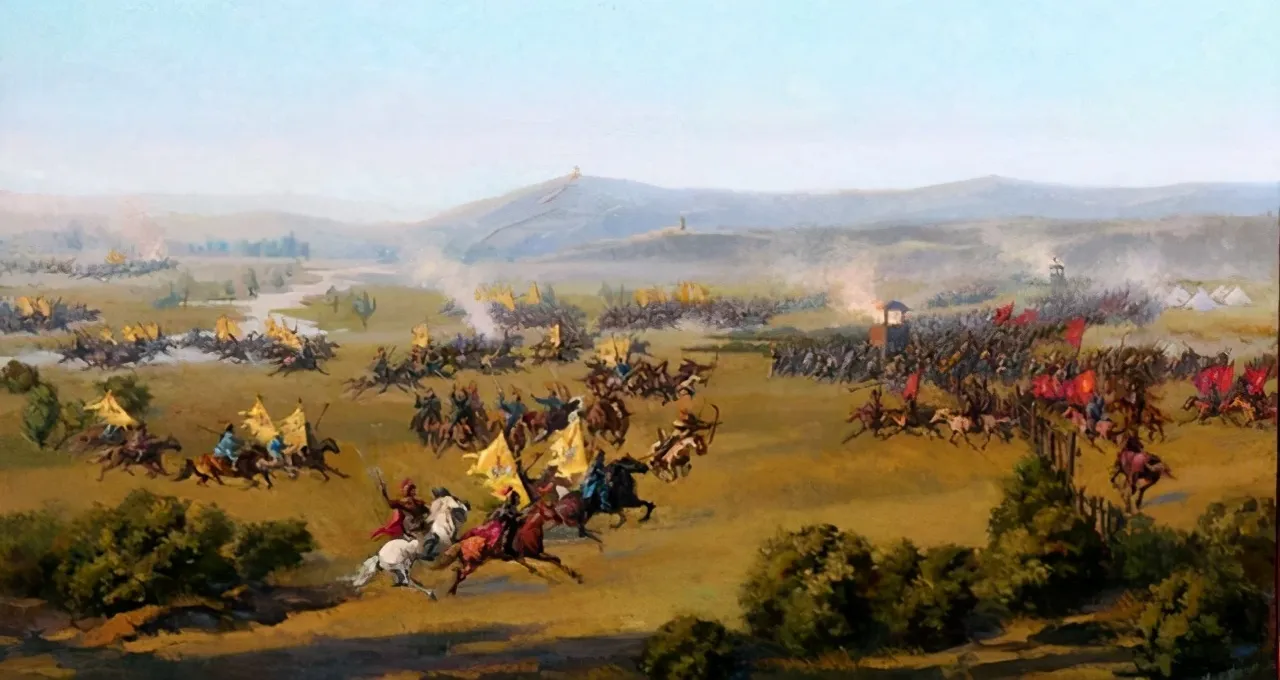
Die Dzungar-Qing-Kriege (mongolisch: Зүүнгар-Чин улсын дайн, vereinfachtes Chinesisch: 准噶尔之役; traditionelles Chinesisch: 準噶爾之役; Pinyin: Zhǔngá'ěr zhī Yì; lit. Dzungar-Feldzug") waren eine jahrzehntelange Reihe von Konflikten, in denen das Dzungar-Khanat gegen die Qing-Dynastie und ihre mongolischen Vasallen antrat. Die Kämpfe erstreckten sich über einen großen Teil Innerasiens, von der heutigen zentralen und östlichen Mongolei bis nach Tibet, Qinghai und Xinjiang im heutigen China. Die Siege der Qing führten schließlich zur Eingliederung der Äußeren Mongolei, Tibets und Xinjiangs in das Qing-Reich, das bis zum Sturz der Dynastie 1911-1912 Bestand haben sollte, und zum Völkermord an einem Großteil der Dzungar-Bevölkerung in den besiegten Gebieten.
准噶尔之役[2]或称准噶尔役[3][4],是17世纪至18世纪时厄鲁特蒙古准噶尔部与清朝之间的战争。清代文献又称之为平定准噶尔(满语:ᠵᡠᠨ
ᡤᠠᡵ
ᠪᡝ
ᠨᡝᠴᡳᡥᡳᠶᡝᠮᡝ
ᡨ᠋ᠣᡴ᠋ᡨ᠋ᠣᠪᡠᠮᠪᡳ,穆麟德转写:jun gar be necihiyeme toktobumbi)或平定准部。
战争始于康熙二十七年(1688年)准噶尔首领噶尔丹入侵喀尔喀蒙古,并乘胜进兵至内蒙古;至乾隆二十年(1755年)清军进兵伊犁(今新疆伊犁州霍城县),俘获准噶尔首领达瓦齐,以“准噶尔汗国”灭亡而告终。达瓦齐被俘后,时任定边左副将军的辉特部台吉阿睦尔撒纳(非准噶尔人)起兵反叛,天山北路再次陷入动乱。乾隆二十三年(1758年)初,逃亡的阿睦尔撒纳病死于俄罗斯,俄国请清使验看尸首,“准噶尔之事,于是大定”[5]。次年,清军剿灭叛军残部并平定回部大小和卓之乱,西域全境底定,西北边患暂告终结。平定阿睦尔撒纳之后,清代蒙古未再发生大的变乱,直至1911年辛亥革命后的外蒙古独立。
准噶尔之役历康熙、雍正、乾隆三朝,前后长达七十年。乾隆皇帝平定准噶尔后,“拓地二万馀里”[6],西域天山南北尽入版图。原准噶尔领地被称作准部,与天山以南的回部合称西域新疆,源自"旧疆新归",后简称新疆(满语:ᡳᠴᡝ
ᠵᡝᠴᡝᠨ,穆麟德转写:ice jecen)。准噶尔之役是乾隆皇帝“十全武功”之首。

Schloss Drottningholm (dt. Königinneninsel) war ursprünglich ein königliches Lustschloss auf der Insel Lovön im Mälaren in der Gemeinde Ekerö. Es ist heute neben seiner musealen Nutzung zugleich privater Wohnsitz der schwedischen Königsfamilie Bernadotte, derzeit von König Carl XVI. Gustaf und seiner Ehefrau Silvia, die 1982 den Südflügel als Hauptwohnsitz bezogen und seither das Stockholmer Schloss nur noch als Amtssitz und für Repräsentationszwecke benutzen.
Schloss Drottningholm steht seit 1935 als Byggnadsminne unter staatlichem Schutz und wurde als erstes schwedisches Kulturdenkmal in die Liste des Weltkulturerbes der UNESCO aufgenommen, und zwar aufgrund zweier spezieller Gebäude, des chinesischen Schlösschens (Kina slott) und des Drottningholmtheaters (Drottningholms slottsteater).
Schloss Drottningholm wird auch als „schwedisches Versailles“ bezeichnet.
Drottningholm宫最令人称道的是那里浓厚的历史氛围。作为瑞典保存最完好的王宫,修建于17世纪的 Drottningholm Palace是斯德哥尔摩三个世界遗产名录景点之一。这座宫殿由建筑师Nicodemus Tessin依照法国原型建造。自宫殿落成之日起,众多皇室贵族都在其中留下过他们的身影。在17、18和19世纪,这里均举办过规模宏大的沙龙。此外,这里还拥有美丽的花园、独特的宫殿剧院和中国式建筑。其中壮观的巴洛克式花园始建于1681年。此景点的绝大部分全年向访客开放。
Drottningholms Slottsteater(Drottningholm宫殿剧院)还是欧洲保存最完好的十八世纪剧院之一,也是世界上唯一一个仍在定期使用原始舞台机械装置的剧院。 该剧院在夏季向游客开放并安排有演出。
Drottningholm宫自1981年以来一直是皇家的固定住处。宫殿的南部房间为皇家成员保留。 1991年,Drottningholm成为第一批被列入联合国教科文组织世界遗产名录的瑞典景点。(Quelle:http://visit.sweden.cn)

 历史
历史

 往日岁月
往日岁月


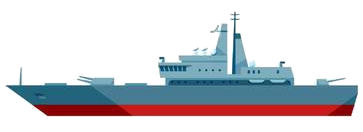
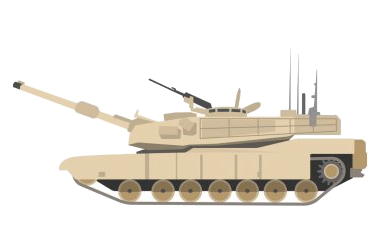
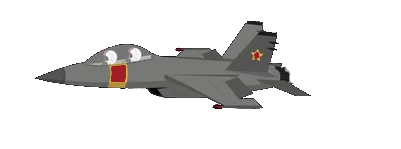
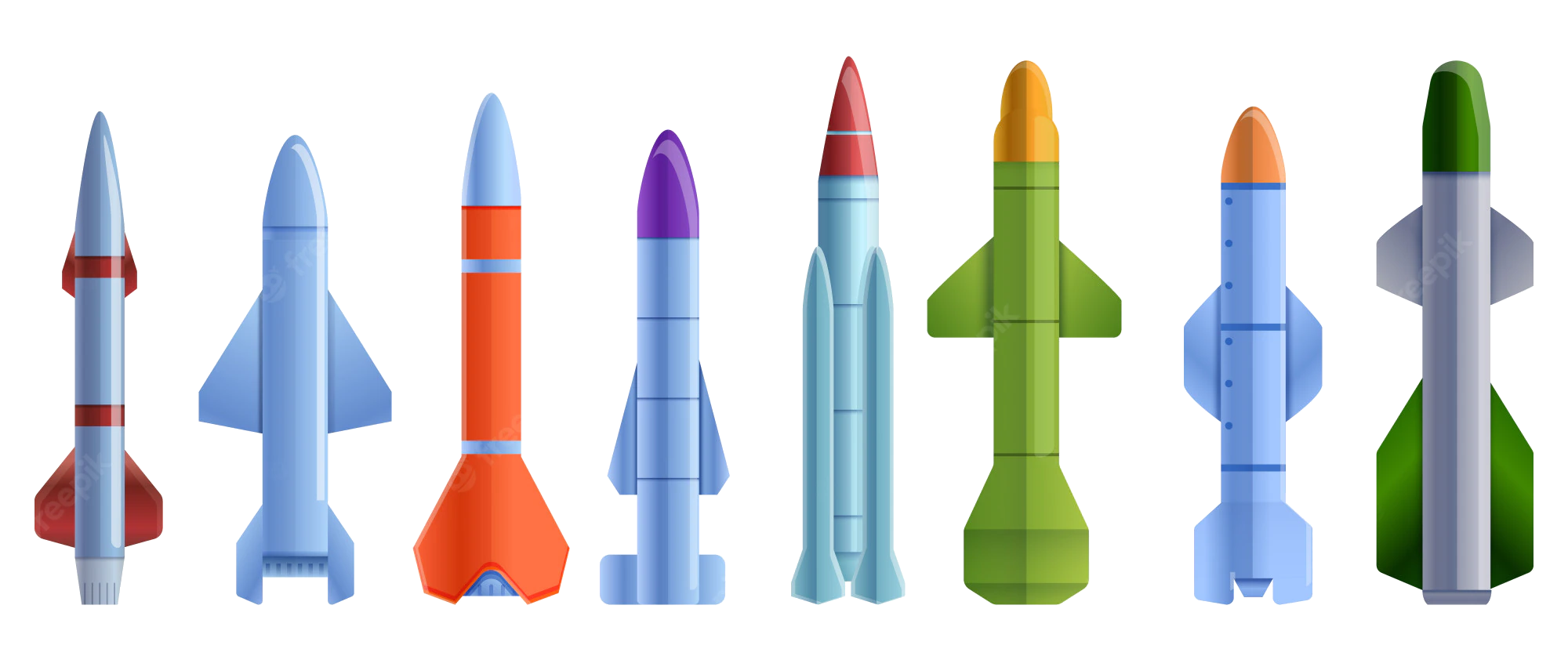 军事、国防和装备
军事、国防和装备
 政党和政府组织
政党和政府组织
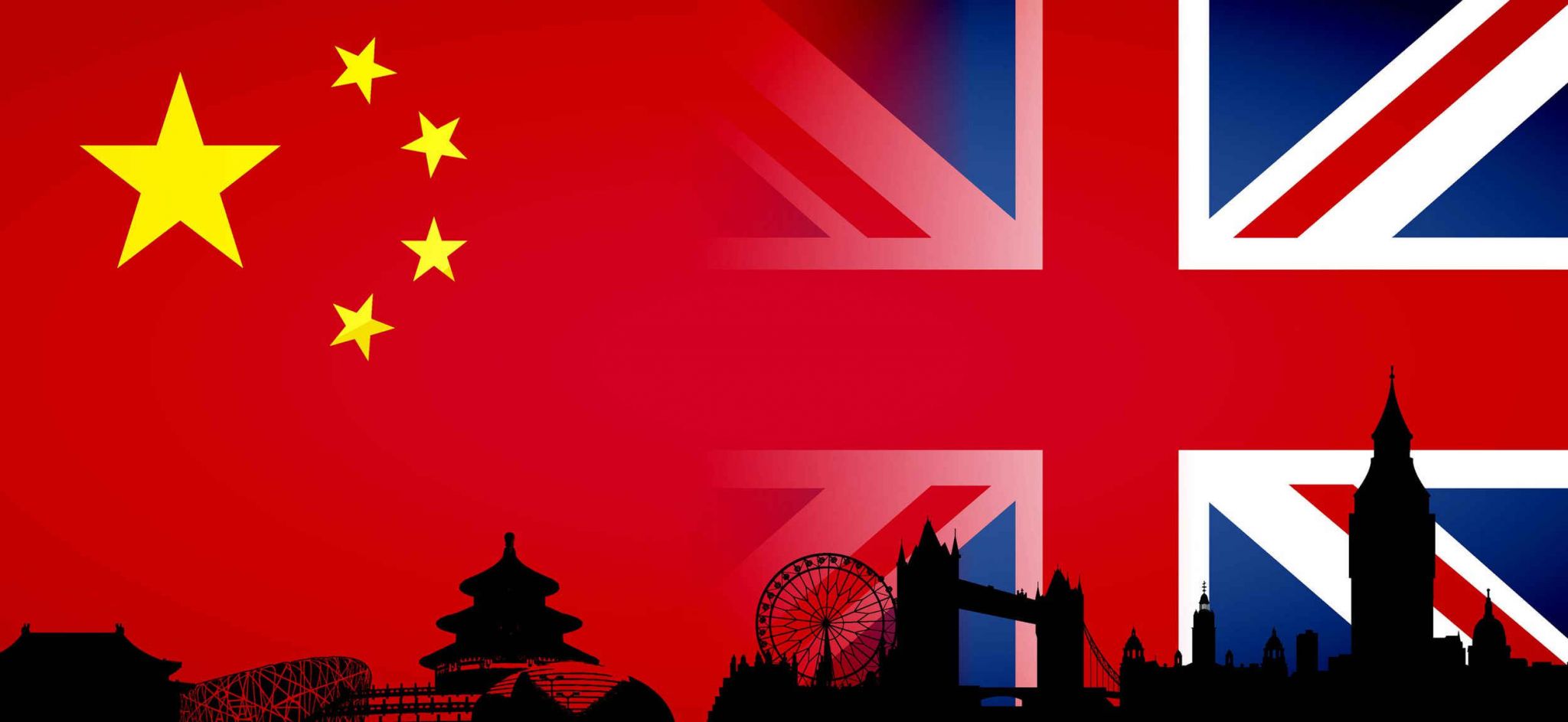

 科学技术
科学技术

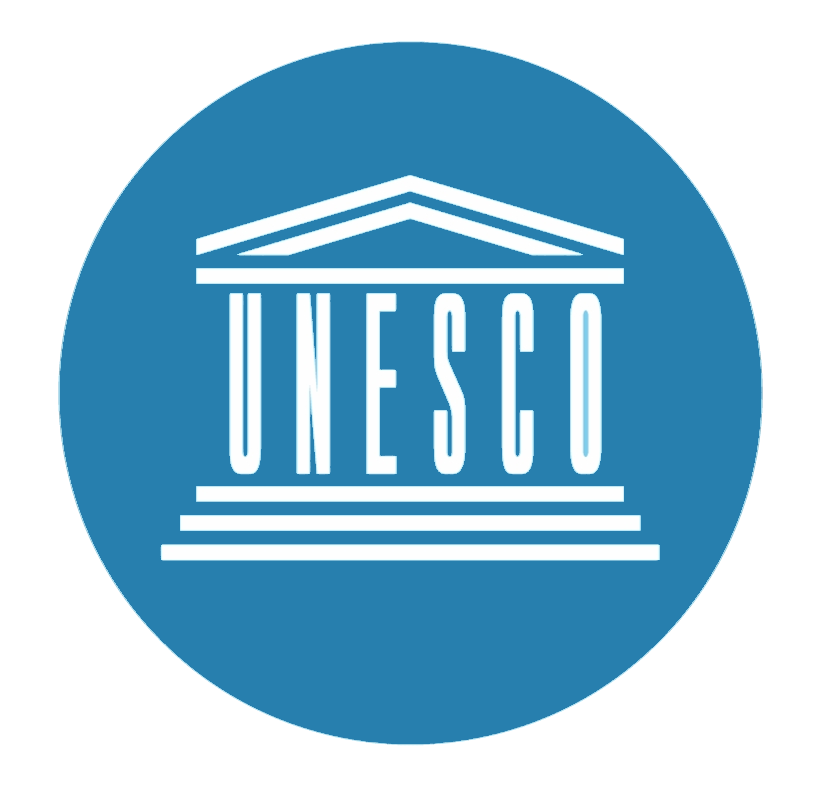 文化遗产
文化遗产